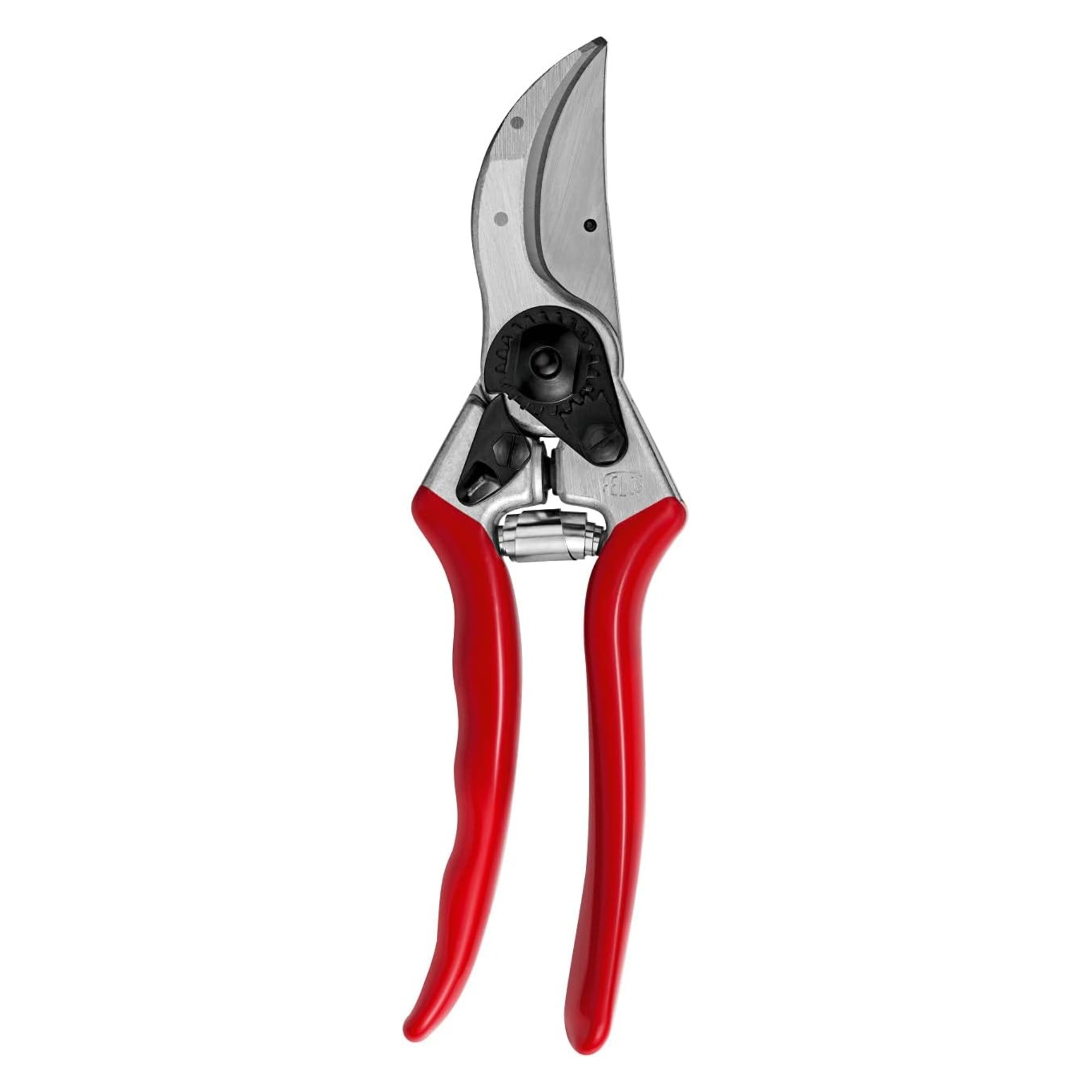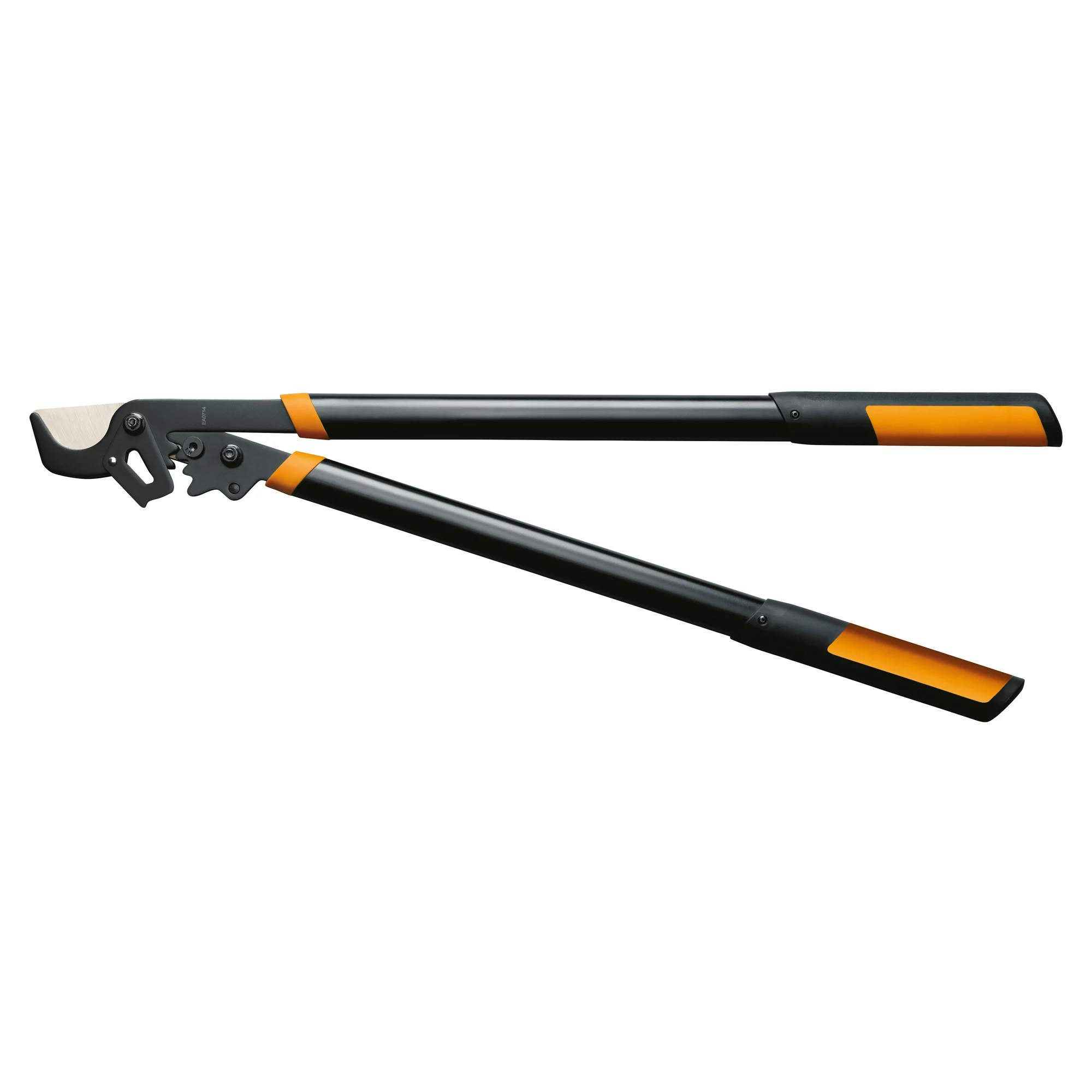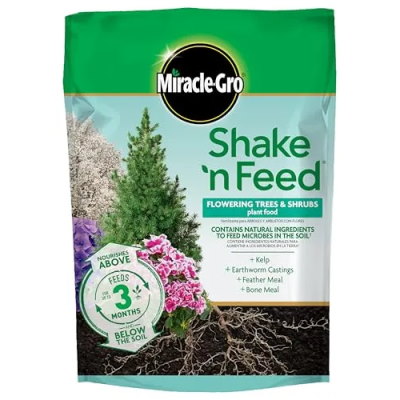Now is the ideal time to prune flowering quince, say horticulturalists, for beautiful floral displays and healthy shrubs
You will get a profusion of blossom by pruning flowering quince in spring
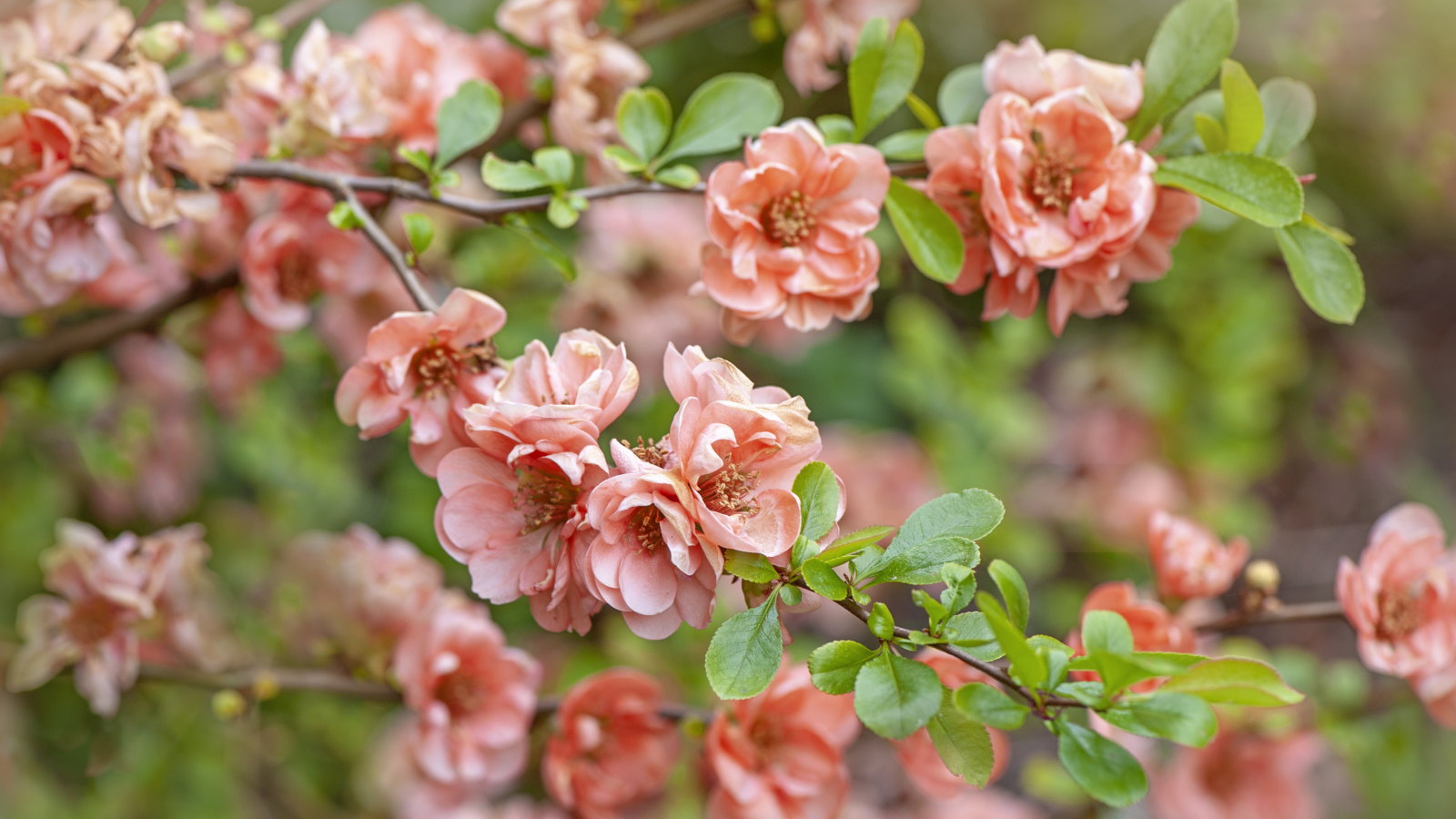

A flowering quince (Chaenomeles sp.) is an attractive, easy-to-grow shrub loved for beautiful spring blossoms that provide pops of color early in the season. As well as ornamental flowers and foliage, the shrub produces edible fruits popular for jellies and preserves.
Flowering quinces can provide glorious displays for many years, but they need pruning to be kept compact and productive. Annual trimming after blooming is the best way to keep the shrub neat and produce new wood to carry the best flowers and fruits.
Failing to prune flowering quince can result in an unattractive, overgrown, leggy shrub that doesn’t impress. To avoid this happening in your garden, this guide looks at when to prune shrubs and reveals expert tips for how to prune flowering quince for healthy plants and top displays.
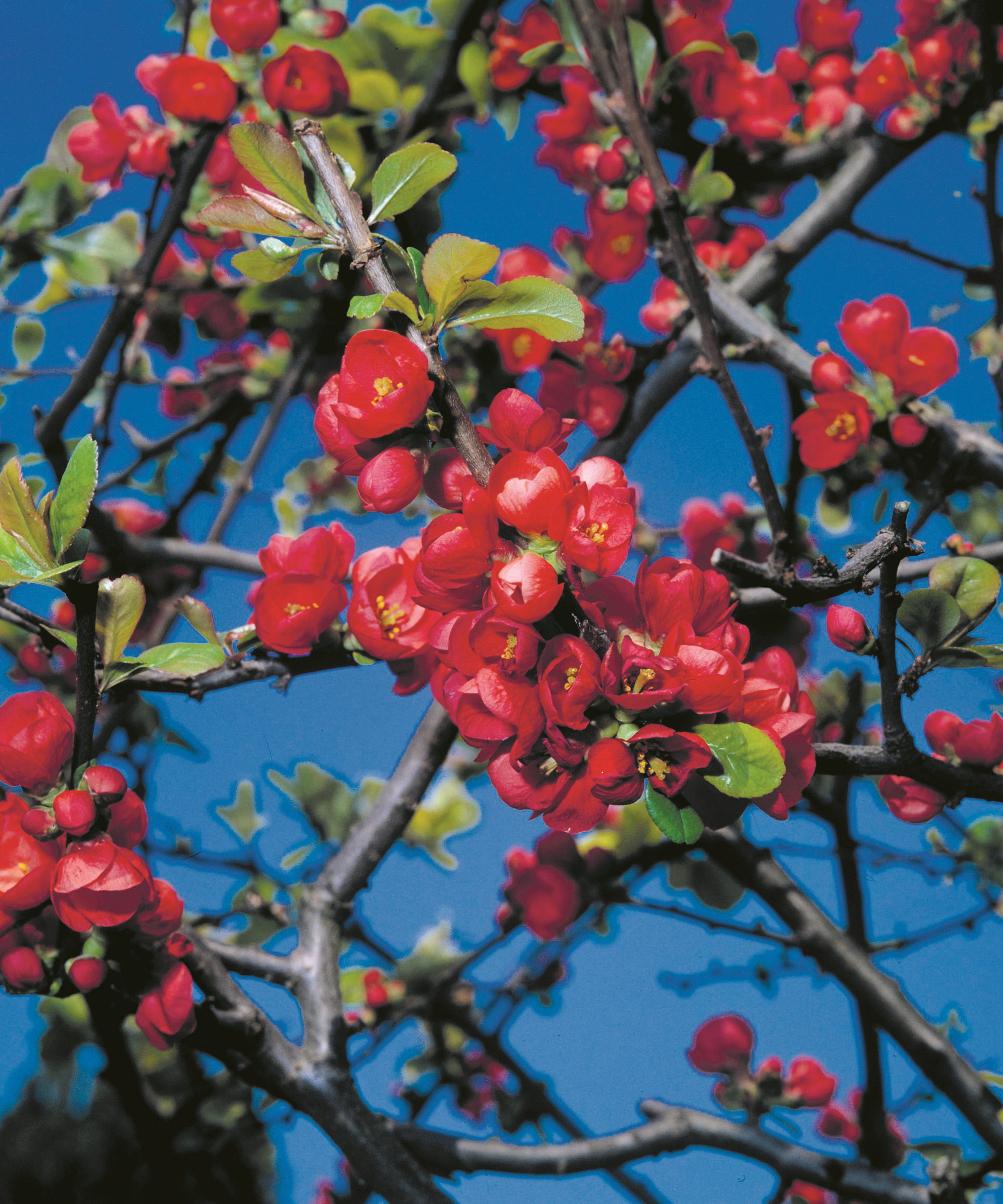
When and how to prune flowering quince
With the right care, a flowering quince can be low-maintenance and stunning. However, the shrubs have specific pruning needs to get right if you want to guarantee that glorious display of blooms.
When to prune flowering quince
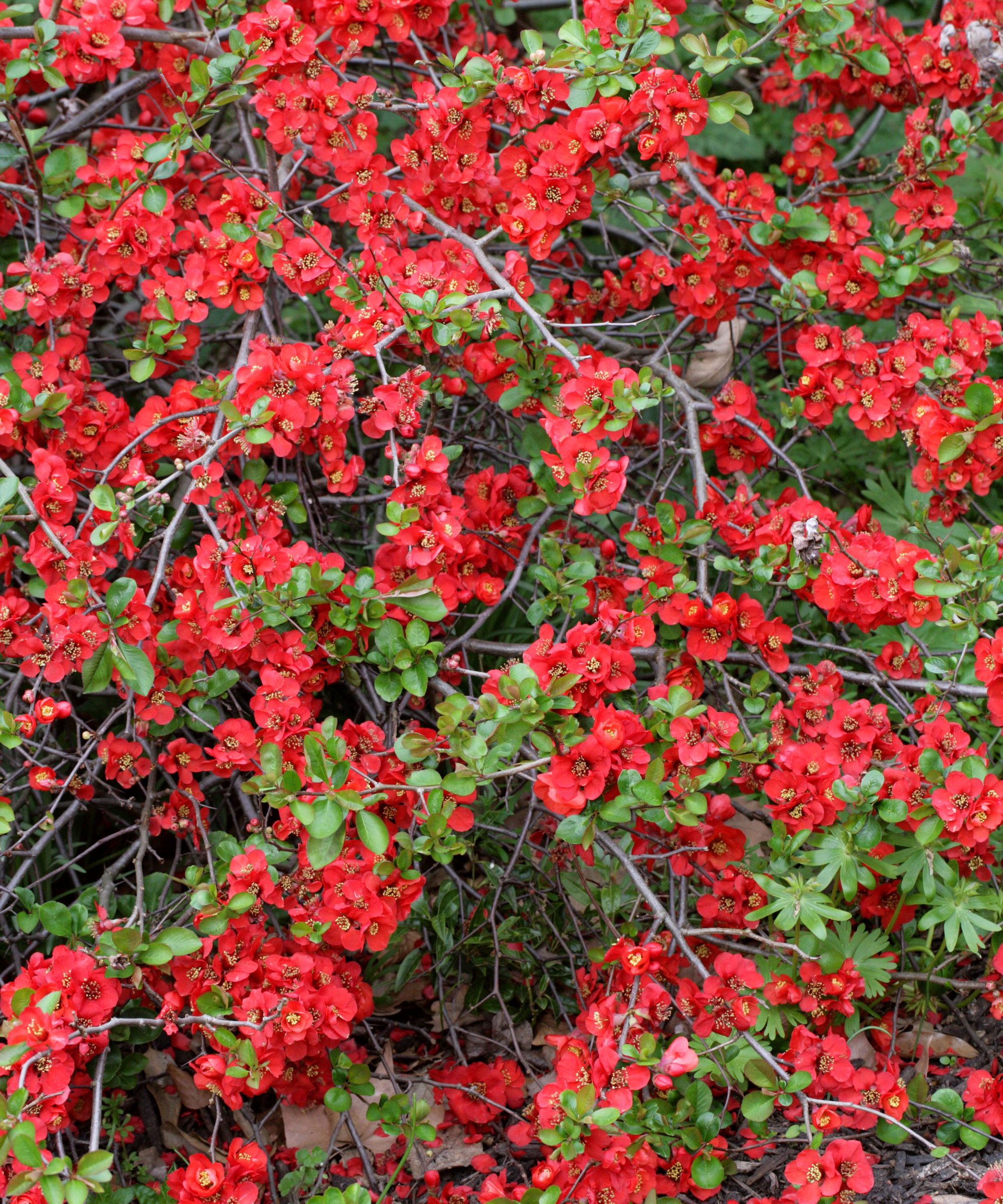
Flowering quinces are spring-flowering shrubs and, like most other spring-flowering shrubs, are best pruned just after blooming. It often means flowering quince is a plant to prune in April or May, though the ideal time will depend on your climate and the variety.
Miles Arnott, Vice President of Horticulture and Conservation at Brookgreen Gardens, claims that ‘occasional light pruning’ is the most beneficial way of trimming flowering quince, because it keeps the shrub in shape and directs the energy into blooming, as the plants flower and fruit only on new wood.
‘Flowering quince is best lightly pruned for shape in spring, soon after blooming,’ he says. ‘Pruning right after blooming ensures that the plant has an entire year to recover, and you will be rewarded with a profusion of flowers the following year.’
Design expertise in your inbox – from inspiring decorating ideas and beautiful celebrity homes to practical gardening advice and shopping round-ups.
As well as pruning for shape, Miles adds another reason to trim regularly, which can be done outside of spring.
‘Quinces have a habit of sending up many new growth shoots from their spreading roots,’ he explains. ‘These can be trimmed off at any time of year, as they appear to keep the plant from taking over your garden bed.’
Any heavy pruning is best done in winter while the shrub is dormant. The plant can withstand hard renovation pruning, and while you will lose out on a year of blooms, the shrub can recover and perform for years to come.
The fruits of flowering quinces are often used in jellies and preserves. However, pruning after flowering will stop fruit production, so it should be left if you are growing the shrub for the fruit.

Miles Arnott is the Vice president of Horticulture and Conservation at Brookgreen Gardens. He is responsible for the institution’s cultivated and natural landscapes and supervises the horticulture, landscape, and natural areas staff. He directs the horticultural development and maintenance of the Archer and Anna Hyatt Huntington Sculpture Garden and oversees the ongoing stewardship of Brookgreen’s nearly 9,000 acres of natural areas.
How to prune flowering quince
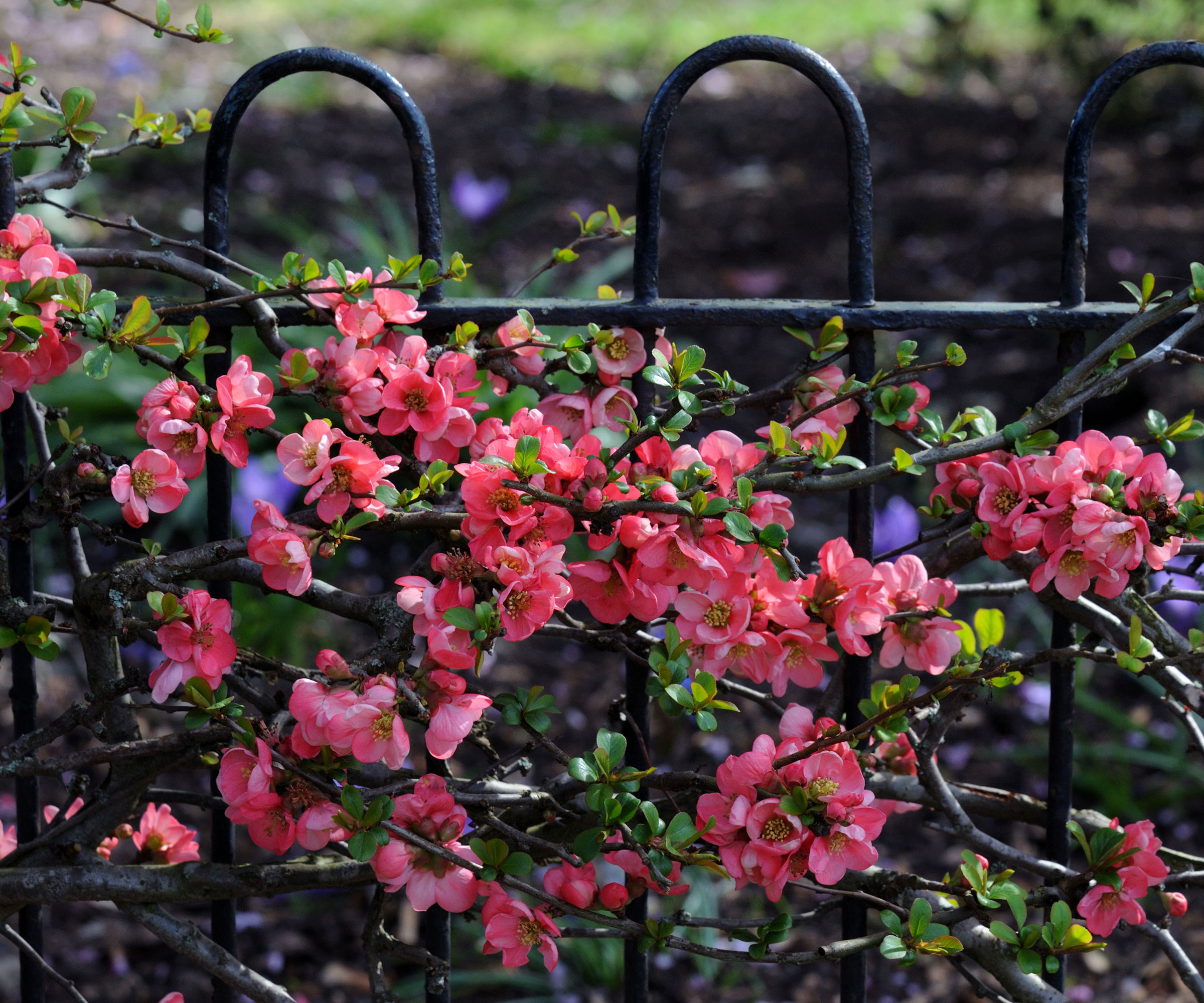
Knowing how to cut back shrubs means better displays and healthier plants. It also ensures you avoid making shrub pruning mistakes that harm the long-term health of the flowering quince.
The first prerequisite is to use clean and sharp pruning tools to prune flowering quince. Not only will the pruning be easier, but the tools make clean cuts that the shrub finds easier to heal and sanitized tools prevent spreading diseases around the backyard.
As the shrub has spiny branches, a good pair of thornproof gardening gloves is also essential when you prune flowering quince.
Tamara Hogan, plant expert at Fast Growing Trees, claims to start with removing dead, diseased, and damaged branches from the shrub to help preserve the shrub’s health.
‘These cuts don't count towards the living tissue you are going to remove, ‘she adds. ‘Those three problem points will already help to take care of the problem parts of your plant.’
Any congested or crossing branches are best removed, and Miles Arnot recommends removing a few of the oldest stems to ground level to prevent flowering quince from outgrowing its space. These pruning steps help to open up the shrub’s center and increase light penetration and airflow.
‘How many [of the oldest stems] you remove depends on the size and shape of your plant and how much you need to reduce its size,’ he says. ‘This reinvigorates the plant and encourages fresh new growth, which will support many more flowers.’
Finally, trim back the remaining stems to shape the plant. However, do not get too carried away and remove more than one-third of the living stems each year.
‘This helps to minimize the scissor-happy effect that can happen with plants,’ says Tamara Hogan. ‘If you take too much off at a time, it can stress the plant to push out new vigorous growth that may require further pruning.’

Tamara Hogan graduated from Utah State University with a degree in Ornamental Horticulture and an emphasis in Greenhouse Management. She worked within various horticulture fields before joining Fast Growing Trees.
How to prune overgrown flowering quince
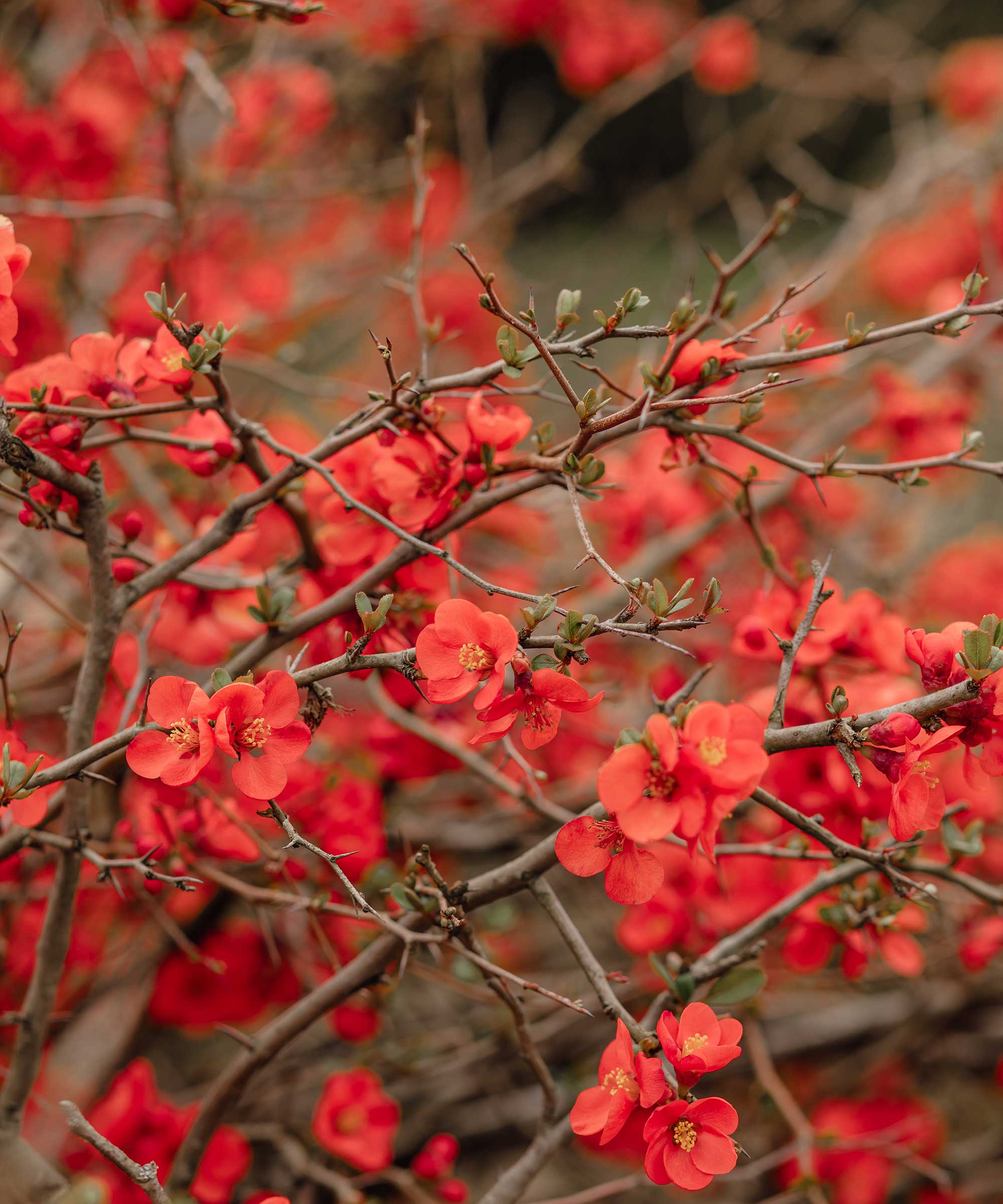
An overgrown and neglected flowering quince can be cut back hard down to 6-12 inches from the ground in late winter or early spring. Flowering quince can recover quickly from this aggressive pruning method and will regrow into a shorter shrub covered in lots of blooms.
However, it is preferable to shape the plant regularly rather than cut it down to the ground. Even an overgrown flowering quince can be controlled by observing the one-third pruning rule – removing a third of the oldest stems and cutting back the rest each year.
‘If you are looking to shape an older quince, it may take a few years to get your desired shape,’ says Tamara Hogan. ‘It's going to be worth it, though. Shaping 30 per cent of the plant at a time, you'll have a healthy shaped plant in three years.’
After doing any renovation pruning, feed the shrub with a balanced fertilizer and put down a layer of mulch to retain moisture in the soil and help the plant recover from trimming.
FAQs
Why is my flowering quince not blooming?
Heavy or improper pruning can cause the flowering quince to not flower, as the shrub blooms on one-year-old wood produced last year. Certain other factors can result in no blooms, including a flowering quince not getting enough sunlight (it needs at least six hours of sunlight a day to flower), the shrub getting over- or underwatered, and the flower buds getting damaged by the spring frosts.
While grown predominantly for their spectacular blooms, a flowering quince can also offer an additional benefit thanks to its spiny branches. It can make a great intruder-proof hedge plant, with those spines acting as a deterrent for unwanted visitors. Using a flowering quince for a hedge offers a combination of both beauty and defense, while also attracting hummingbirds and other pollinators.

Drew has worked as a writer since 2008 and was also a professional gardener for many years. As a trained horticulturist, he worked in prestigious historic gardens, including Hanbury Hall and the world-famous Hidcote Manor Garden. He also spent time as a specialist kitchen gardener at Soho Farmhouse and Netherby Hall, where he grew vegetables, fruit, herbs, and cut flowers for restaurants. Drew has written for numerous print and online publications and is an allotment holder and garden blogger. He is shortlisted for the Digital Gardening Writer of the Year at the 2025 Garden Media Guild Awards.
You must confirm your public display name before commenting
Please logout and then login again, you will then be prompted to enter your display name.
